The Cantesanu Double is an exceptional instrument, offering remarkable sound, power and finesse. The horn is free blowing, quick responding, focused, well balanced throughout all registers and comfortable to play. Thanks to the design concept and brass material processing, the horn retains an ideal balance of all high/mid/low harmonics, thus offering a sound that blends beautifully with other instruments and easily fills a symphony hall. An excellent choice for either high or low horn, orchestral playing and solo work.
Musicians from major orchestras in the United States, Canada, United Kingdom, Ireland, Turkey, Venezuela and New Zealand use a horn from my shop as their first choice instrument.
I chose the Geyer-Knopf wrap for the horn, with a bore size of .468" (11.89 mm). This layout best matches my concept of a simple, direct pathway for the air. I further improved the design by making all of the bends round and smooth. The main tubing entries into the valve ports are at a direct angle, avoiding unnecessary twists of the air column at these key points.
The continously round design - mirrored in the signature braces - together with careful assembly and attention to detail make the horn not only great to play but also visually appealing.
Each horn is made with great care from beginning to end, one at a time. Every component is handmade to fit perfectly, without added tension; this one of the advantages of getting a handcrafted horn over a factory one, where an instrument uses pre-made parts from different sources and goes through many different hands and assembly processes before being completed; small mistakes can be overlooked this way and will take a big toll on overall quality. Have you ever picked up a horn that looks identical to the one next to it but it plays quite differently? This is the reason for that. A well made handcrafted horn has a higher standard of quality.
Bending, forming and cutting is done in the shop, this including the bell tail, crooks* and structure tubing. I like to have control over the way the brass material is processed, so its quality will be the same throughout the whole instrument. It would be easier, quicker and more cost effective to purchase and use ready-made parts, however I believe that if all the brass material is being processed the same way, the result is a unity and evenness throughout the whole horn, and so well worth the effort.
(*) The small crooks for the second valve are not made in the shop, hoewever they are re-worked in order to bring the brass material to the same quality as the rest of the horn.
Brass material processing
The horn is made of Yellow Brass. Provided it has not been over-annealed (made too soft), yellow brass has the best qualities when it comes to resonance, sound quality and projection by offering an ideal balance of low-mid-high harmonics.
I use a metal alloy with a low melting point as a filler for parts to be bent, providing excellent support for tubing walls during the bending process. More importantly, the brass material being prepared for bending doesn't have to be made very soft initially; it is never heated to a red glow in the annealing process (this starts at about 950+ degrees Fahrenheit) but only up to about 920 degrees, thus maintaining the metal’s integrity. Brass sections that are not to be bent or worked in some manner (thus re-hardened) are not annealed. I found that keeping the brass closer to its raw state - or even denser once it's worked (bent, shaped, hammered) - provides an Alive feel and makes it not only better for response, harmonics and sound projection, but it also helps from a construction and durability standpoint.
In contrast, Pitch (a mixture or tar and resin) has been traditionally used as a filler for bending brass components. More recently, Ice has been used as well in some factories. However, the use of pitch or ice means that the brass has to be highly annealed in order to make it soft enough to be worked using these traditional methods. It is usually heated to well above 950 degrees Fahrenheit (red glow), a point form where it is unlikely the material will get worked enough to bring it back to its original state.
Glas Metallblasintrumente, a German company located in Markneukirchen, the heart of one of Europe's oldest and most highly reputed brass instrument manufacturing regions provides the valve sets. Made specifically for the shop to suit the horn's design, they feature engraved valve caps and a refined mechanical system with steel balls inside bronze bearings and articulated joints for fast, quiet and smooth action. String linkage is also available, upon request. Nickel-Silver alloy was chosen for the rotor casings for durability.
Meinl is a name by now very familiar to hornists. I use Meinl bells for my horns due to their excellent response, rich sound colors and projection, as well as high quality standards.
All tubing for the shop comes from M&K Drawing, a company from Elkhorn, WI - North America's premiere brass instrument manufacturing region. The quality of these materials is second to none.
Original Alexander bell rings are imported directly from the factory.
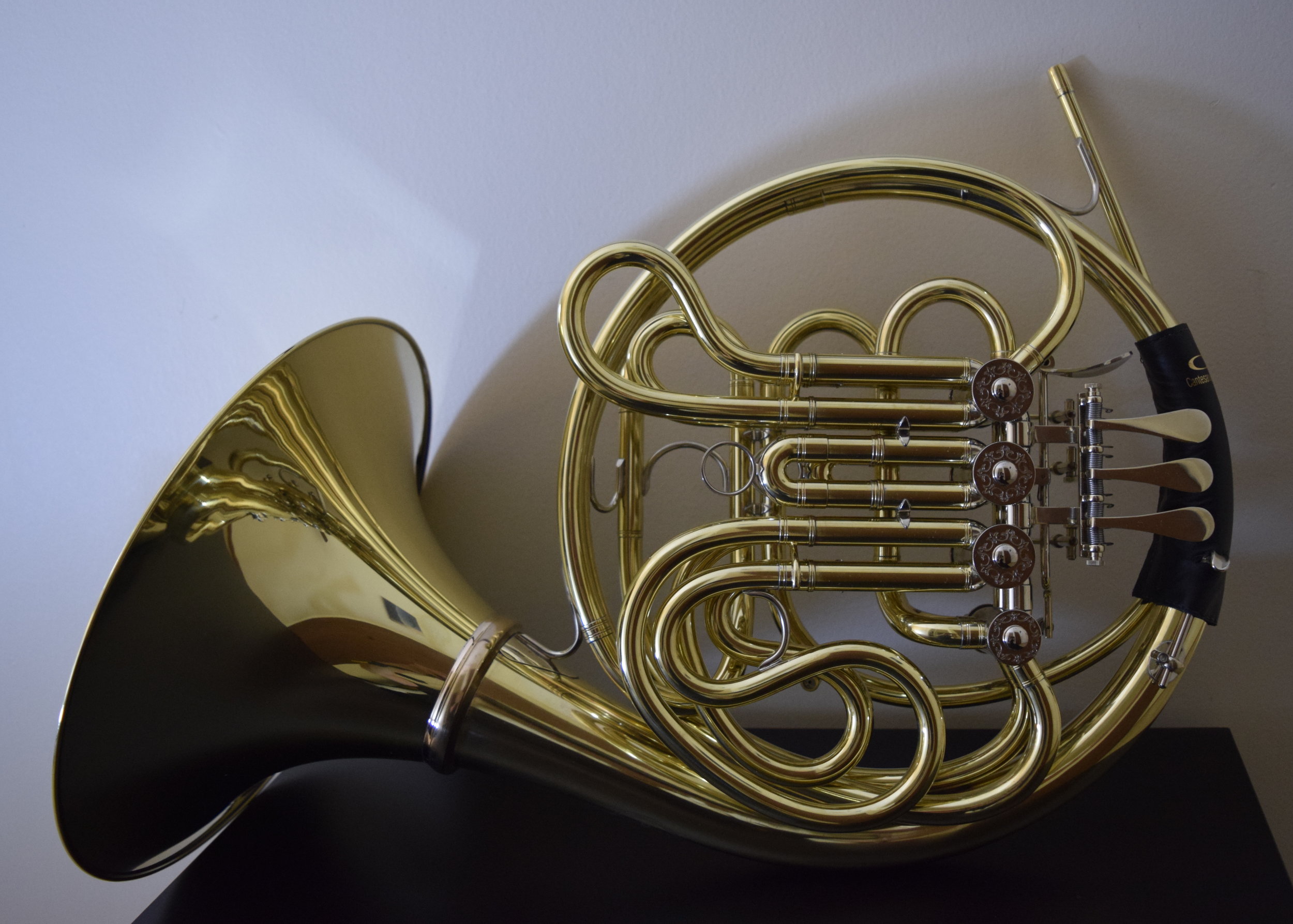

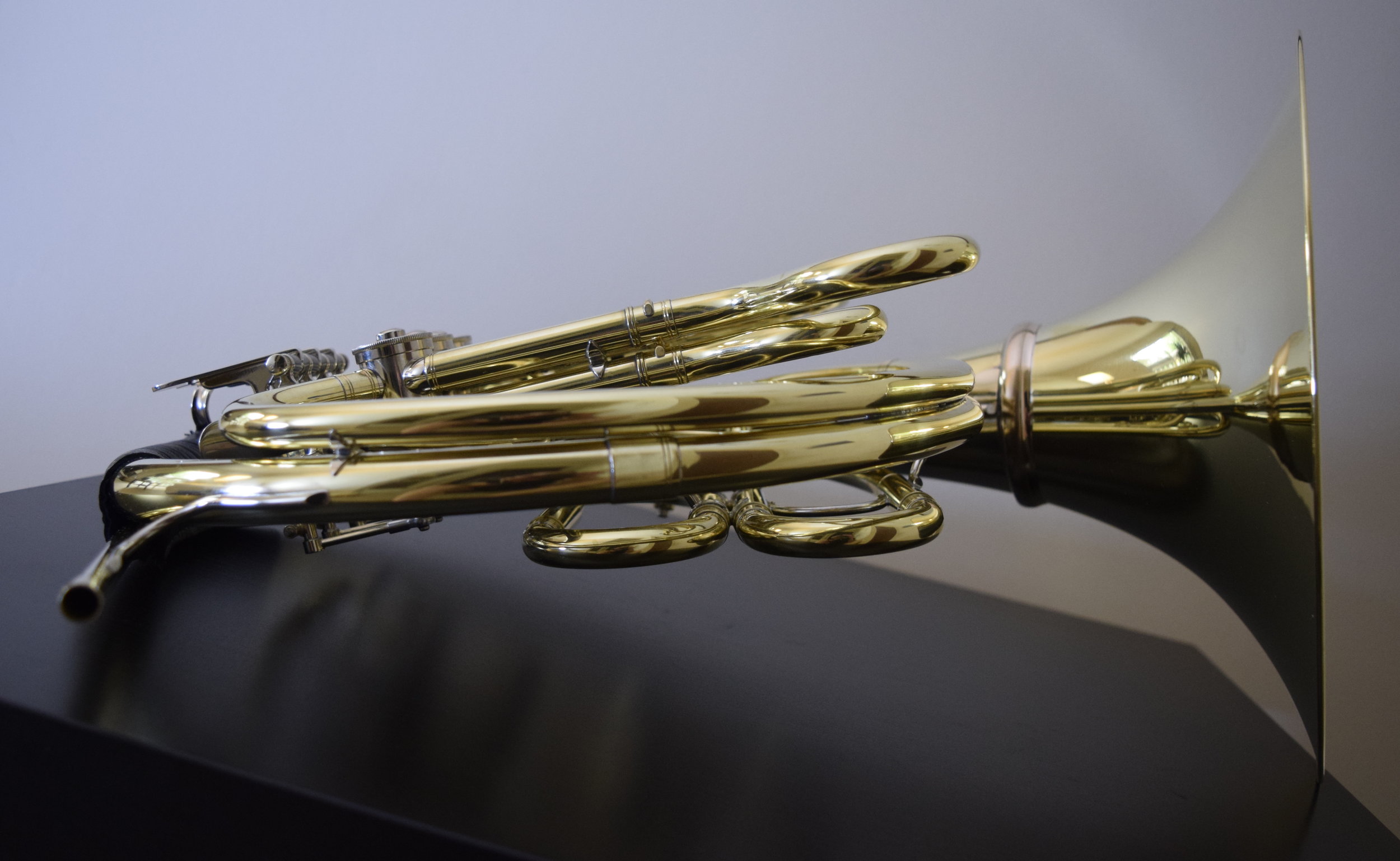
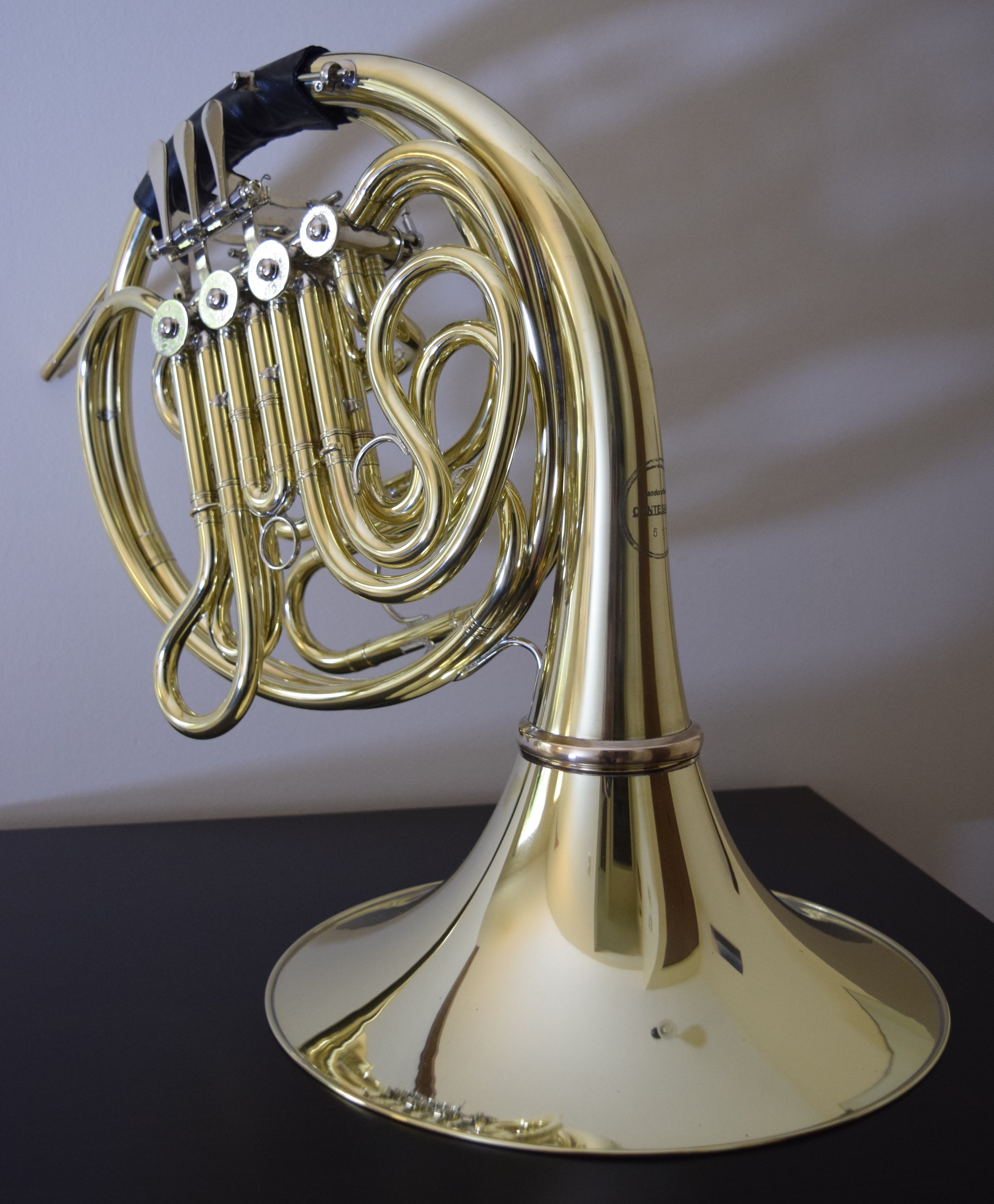

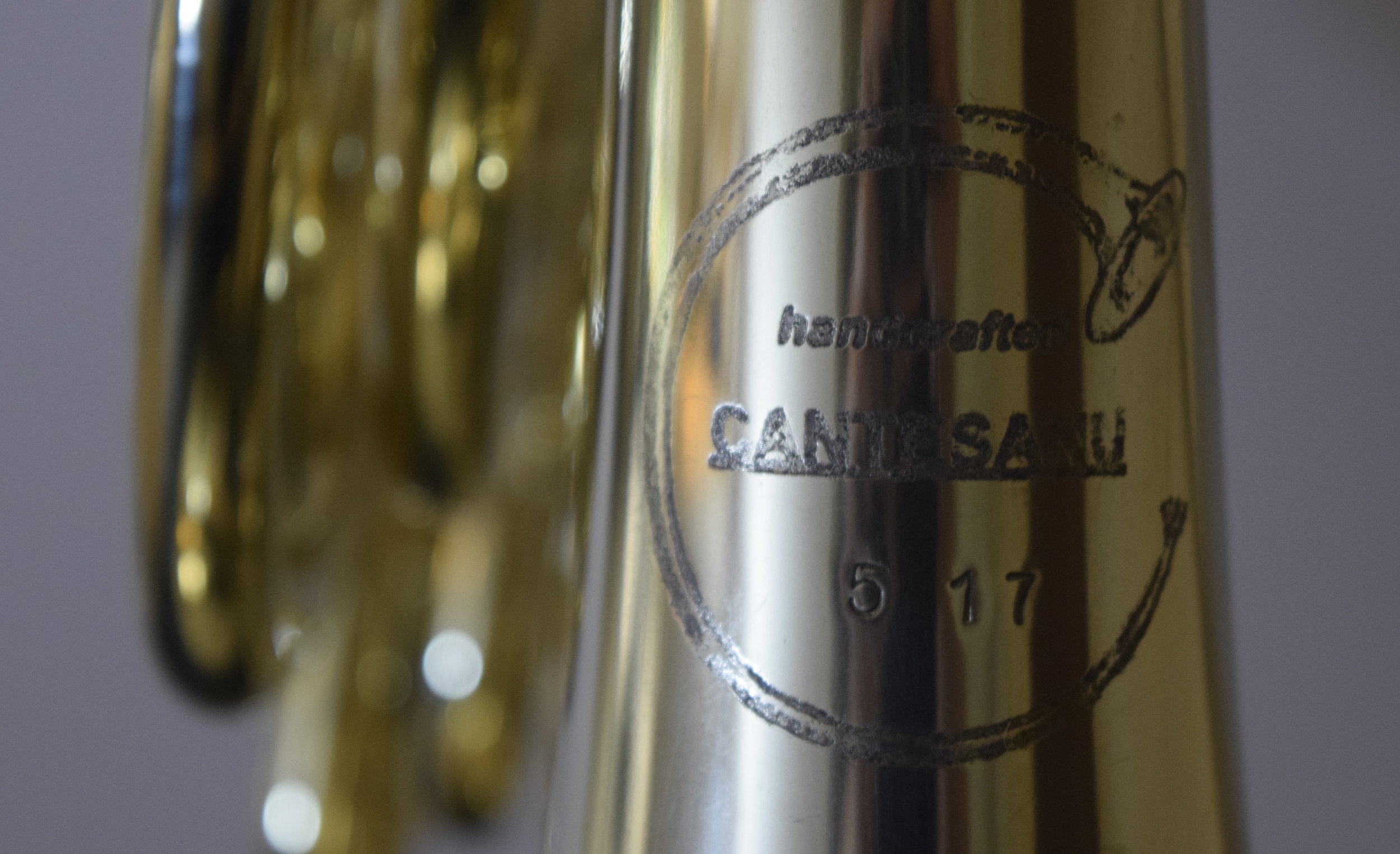
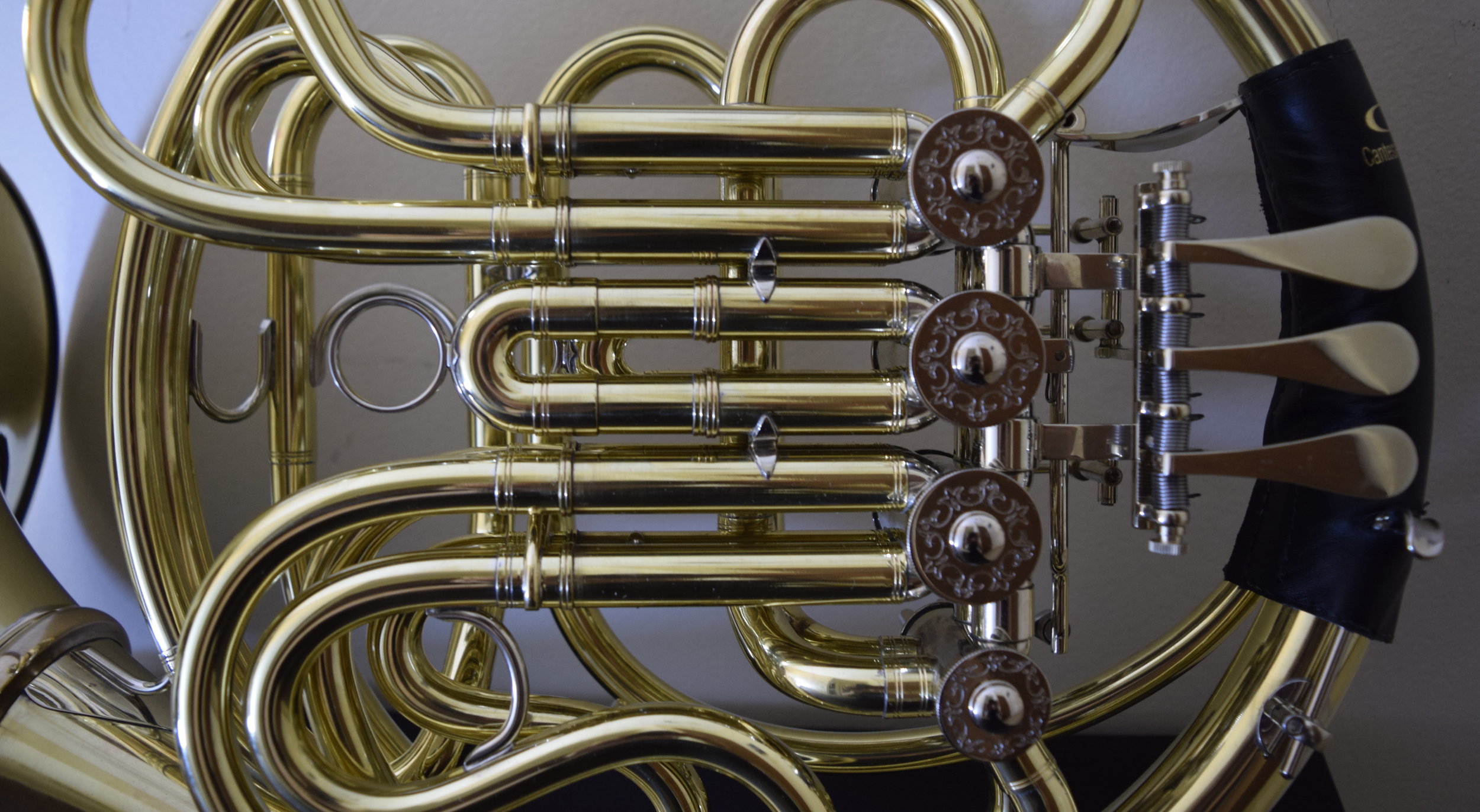
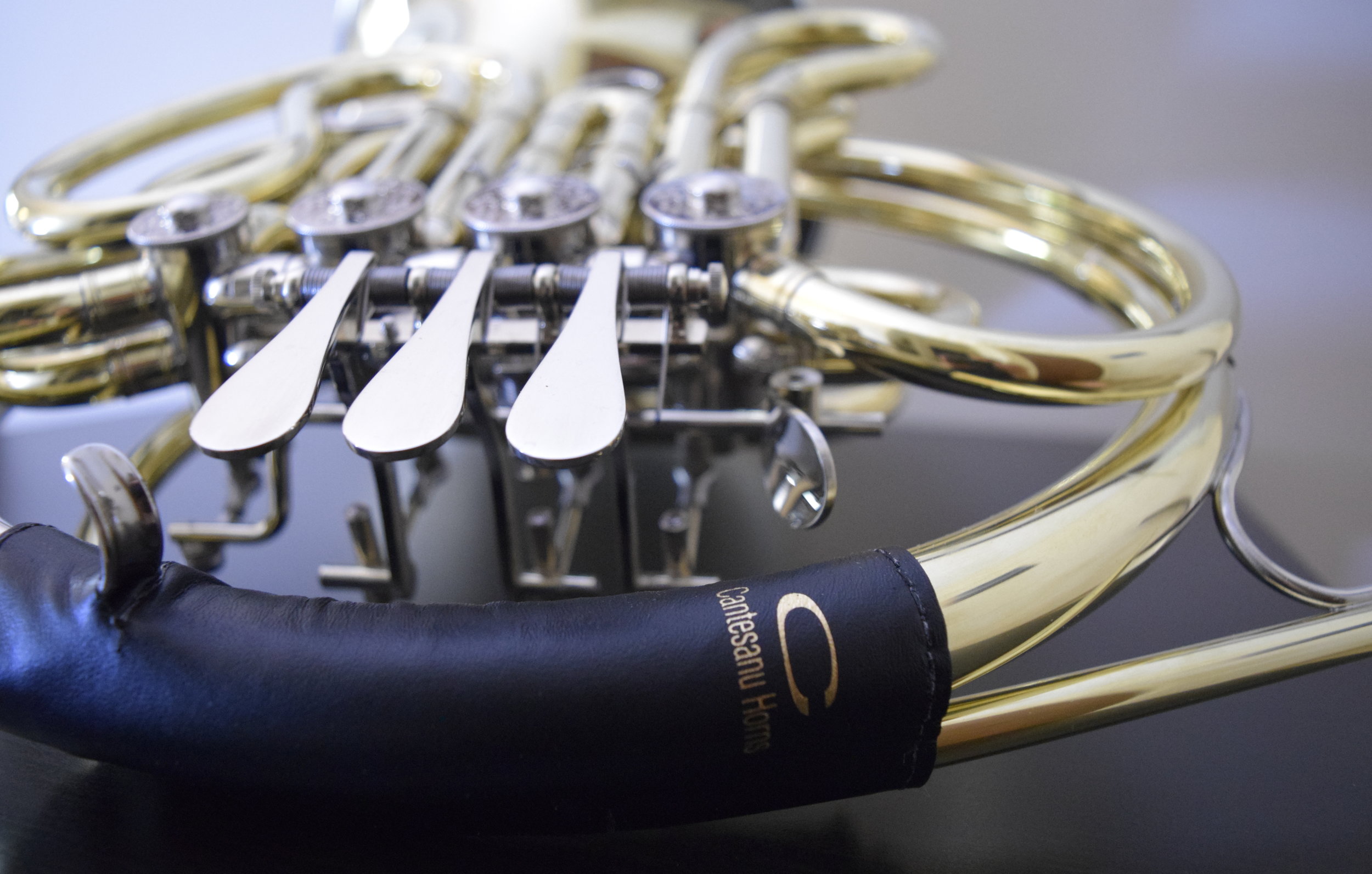


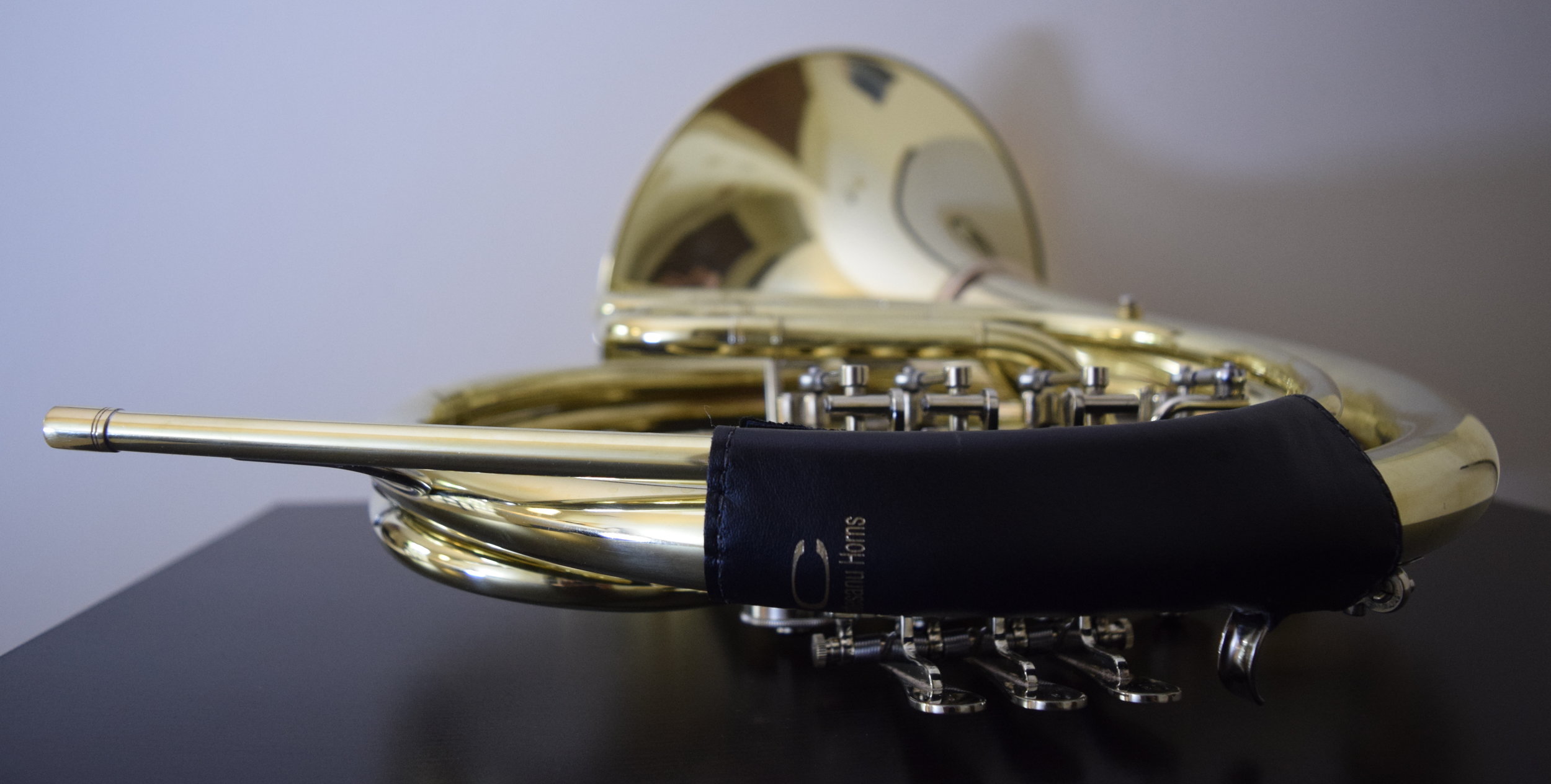
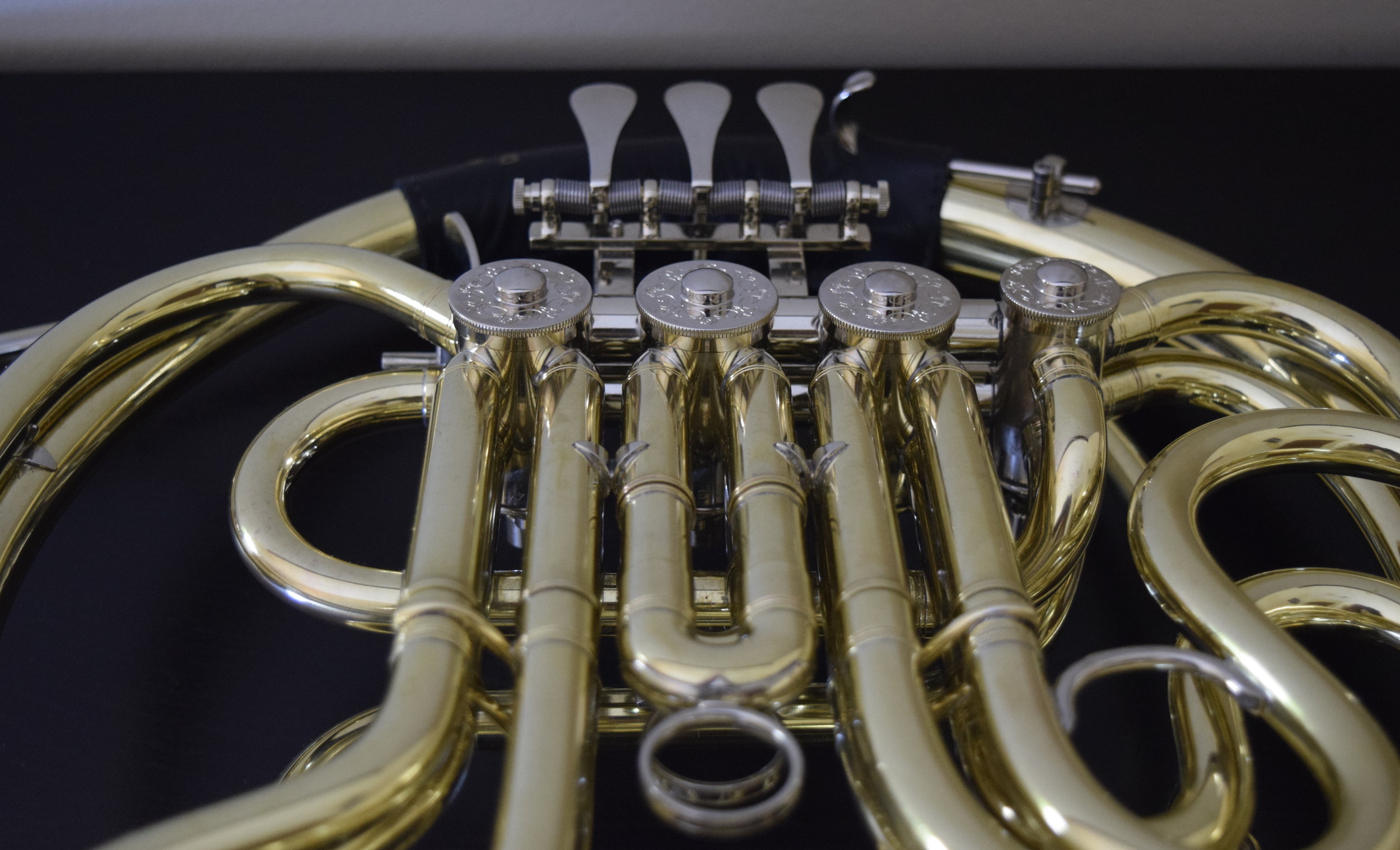
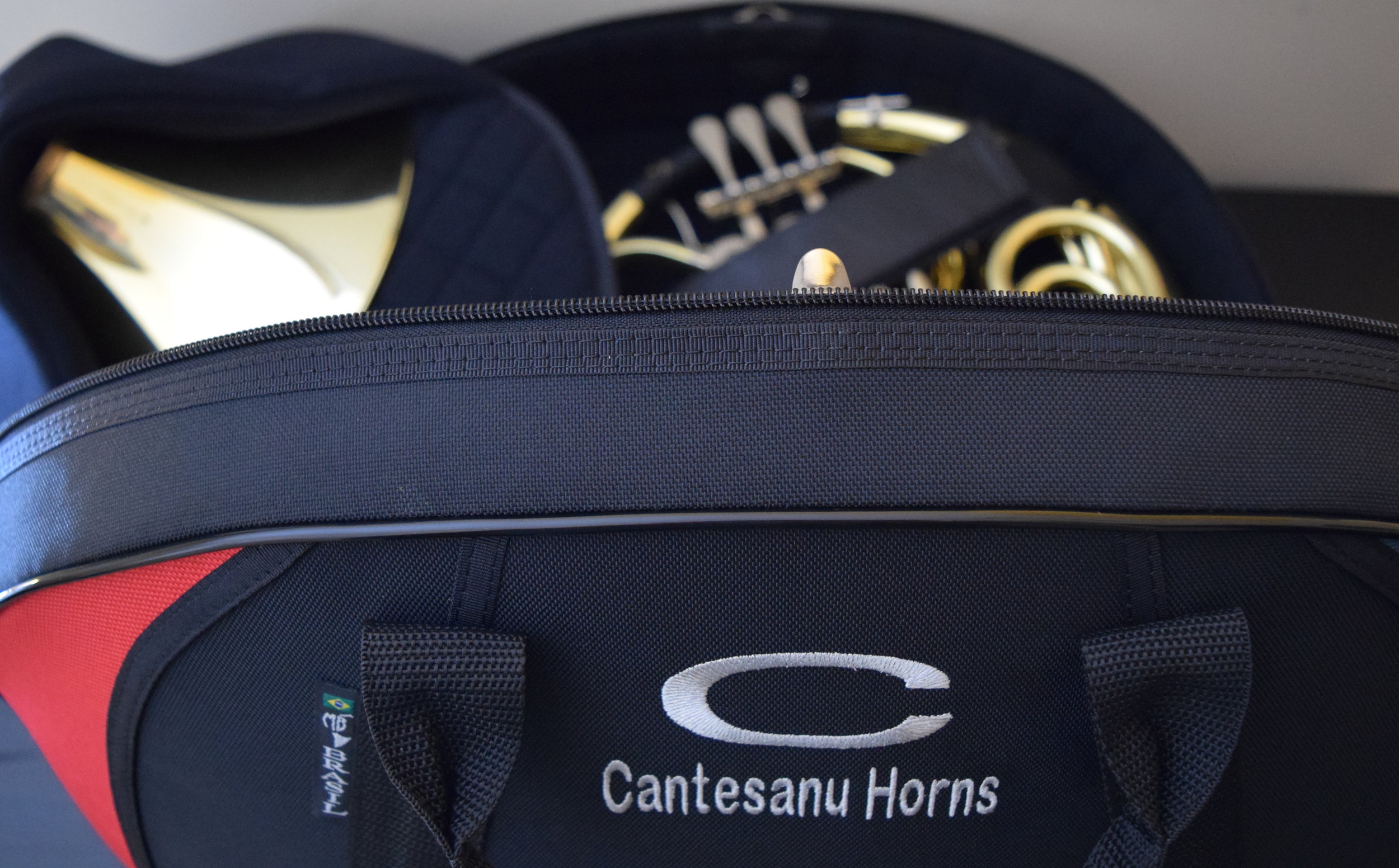

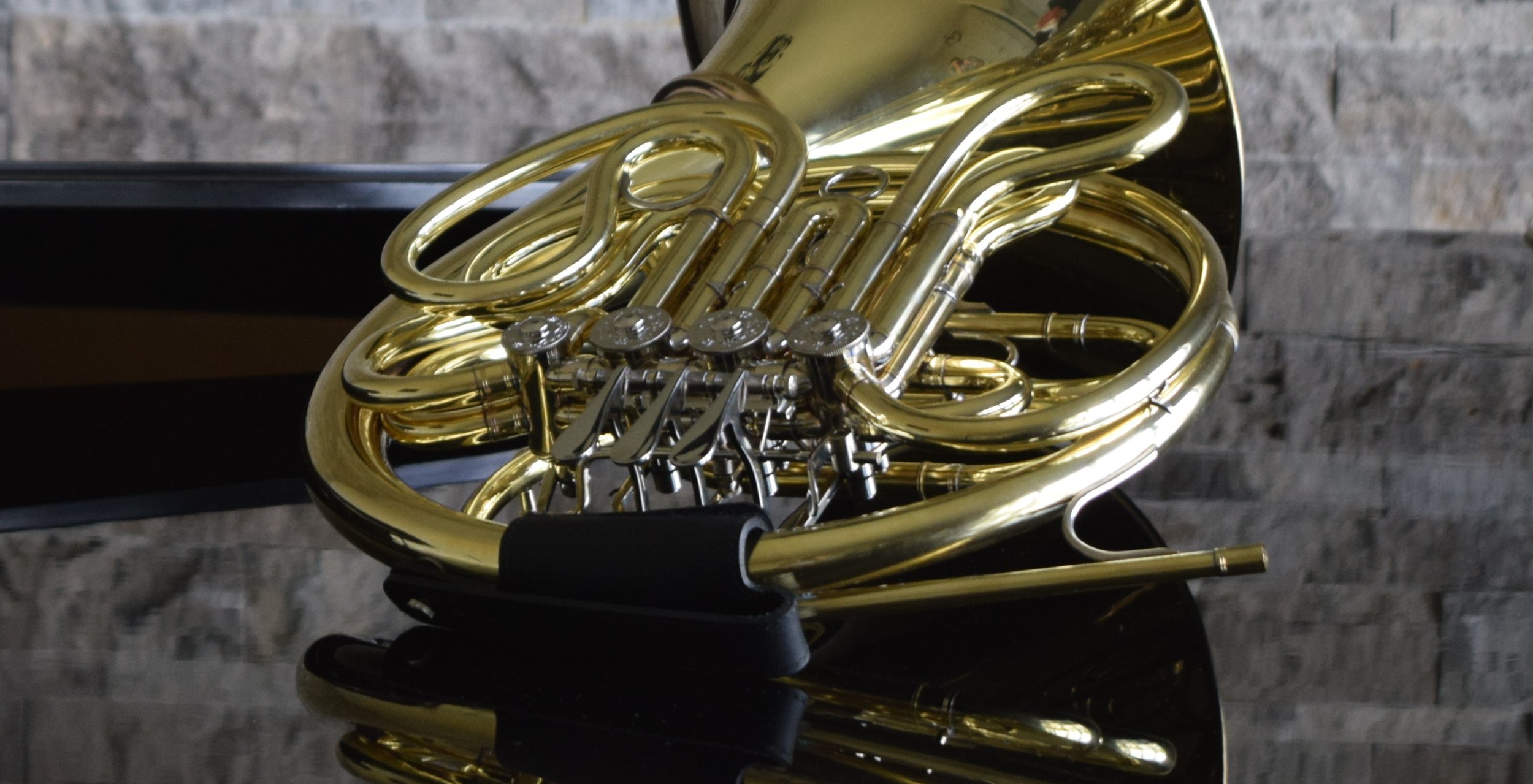
A little history:
The first horn I made was completed in 2007. As a hornist and repair technician, I had worked on my personal instrument at the time (a Yamaha 667) and improved it little by little until the only thing left to change was the most important component: the leadpipe. After trying out, studying and measuring several quality lead pipes available, I came up with a new design for a leadpipe of my own. The improvement of the horn with this new leadpipe was radical, and the need of making a complete horn was clear. Once completed, the prototype Model C was indeed my ideal horn; a free blowing instrument that played easily with an amazing sound. This instrument helped me become a better player through the years and is still the instrument I play today. Orders from professional hornists quickly followed. 48 Model C instruments have been made, several professional orchestras in the US have at least one Model C within their horn section.
A new horn design came out early 2017, the Model CH. This instrument was meant to be at the other end spectrum of the Model C, and was aimed at hornists that preferred an instrument with a bit more resistance, favoring the high range and a brighter sound. The horn immediately received excellent feedback and orders from professionals.
Following the success of the Model CH, I decided to make a horn that is in-between the 2 models, one that retains their best qualities and can be appreciated by just about any horn player. The result is an exceptional instrument - now offered as the Cantesanu Double.
Depending on the preferences of the player ordering a horn, changes to the bell/tail type and size, build configuration and materials used can easily be made. A Model C or Model CH horn are always available to order, if desired. Choosing a new horn is never an easy task, however I am available for consultation, so please reach out and let’s make sure the horn you order will be your ideal horn.




